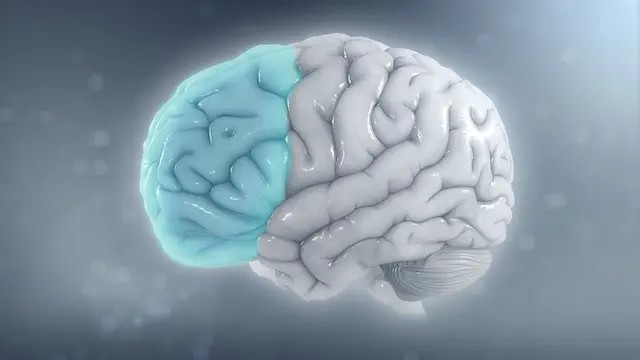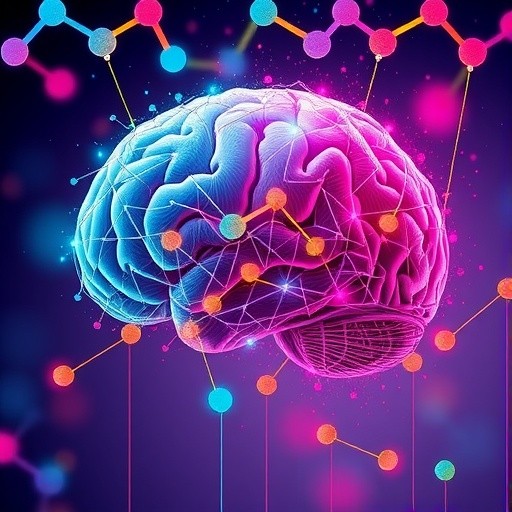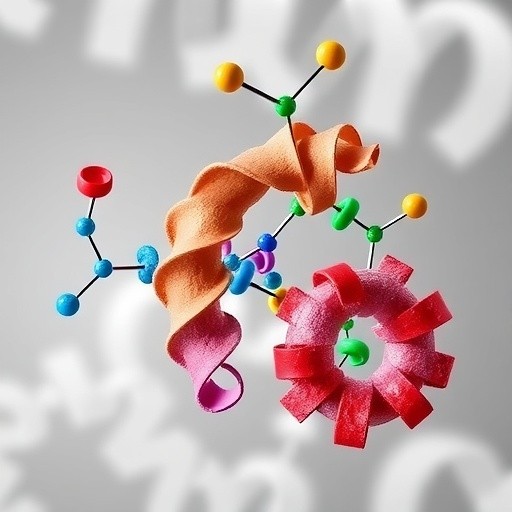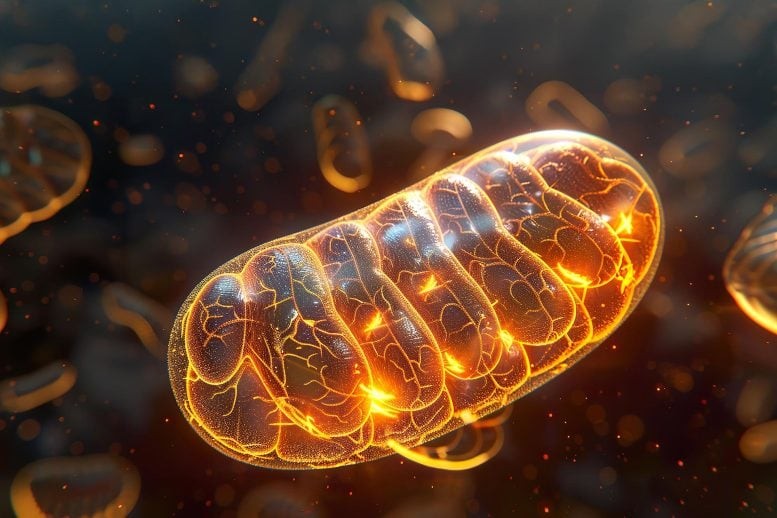3D Brain Models Grown from Patients’ Own Cells Pave the Way for Personalized Therapies
MIT researchers have created a revolutionary 3D human brain tissue model that could transform how neurological diseases are studied and treated. The platform, called Multicellular Integrated Brains (miBrains), accurately mimics key aspects of real human brain tissue, offering a more precise way to test drugs and investigate disorders like Alzheimer’s.
This innovation comes as neuroscience increasingly moves beyond traditional lab models and animal testing to systems that better reflect human brain function.
“The miBrain is the only in vitro system that contains all six major cell types present in the human brain,” said Li-Huei Tsai, Picower Professor of Learning and Memory and senior author of the study.

Figure 1. 3D Brain Models.
Bridging the Gap Between Models
Conventional brain research relies on simplified cell cultures or animal models. While cell cultures are easy to produce, they lack the complexity to capture interactions between different brain cell types. Animal models are more biologically complete but costly, slow, and not always predictive of human outcomes.
mi Brains combine the advantages of both approaches: they are easy to grow and manipulate, yet complex enough to replicate real brain behavior [1]. Because they are derived from patient-specific stem cells, researchers can create personalized models reflecting an individual’s genetic makeup.
The six integrated cell types self-organize into functional structures, including blood vessels and immune components, and even form a working blood-brain barrier, regulating what can enter the tissue.
“As drug development shifts toward minimizing animal testing, systems like miBrains will become increasingly valuable for discovering and testing human drug targets,” said Robert Langer, co-senior author of the study.
Building a Functional 3D Brain
Creating a model with six cell types took years of experimentation. The team developed a hydrogel-based “neuromatrix”, blending polysaccharides, proteoglycans, and other molecules to mimic the brain’s natural environment and support neuron development.
Cells were cultured separately, allowing researchers to genetically edit each type to study specific diseases or therapeutic responses. The modular design offers precise control over cell composition, genetic backgrounds, and monitoring, making it ideal for disease modeling and drug testing.
Insights into Alzheimer’s Disease
The team tested the miBrains using the APOE4 gene variant, the strongest genetic risk factor for Alzheimer’s. They discovered that astrocytes carrying APOE4 triggered Alzheimer’s-like immune responses only when integrated into the multicellular miBrain environment.
Moreover, these astrocytes promoted the accumulation of amyloid and tau proteins, but this effect required interactions with microglia, the brain’s immune cells. These findings demonstrate how miBrains can uncover disease mechanisms that simpler models miss.
The researchers plan to enhance the system further, incorporating microfluidic blood flow and advanced single-cell profiling to make it even more lifelike.
“I’m most excited about creating individualized miBrains for different people,” said Tsai. “This approach could pave the way for truly personalized medicine.”
References
- https://interestingengineering.com/health/3d-brain-models-advance-drug-testing
Cite this article:
Keerthana S (2025), 3D Brain Models Grown from Patients’ Own Cells Pave the Way for Personalized Therapies, AnaTechMaz, pp.518















